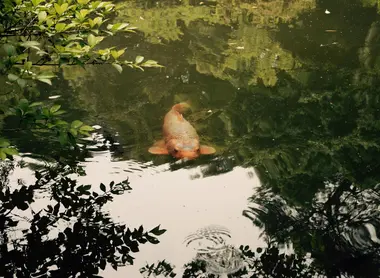Tanka poetry 短歌
- Published on : 21/04/2017
- by : C.C.
- Youtube
Singing poem
The tanka is one of the oldest forms of Japanese poetry developed during the Heian era (794-1185) when art, literature, and poetry are in full expansion.
The tanka is a short poem made up of 31 syllables and composed of two parts chanted in rhythm.
Poems and songs
Originally, this poetic form was declaimed while singing, which is why the tanka could also be called uta, meaning song. The first part, called kami no ku, is traditionally a tercet composed of 17 syllables according to the 5-7-5 alternation.
The second referred to as shimo no ku, will have only 14 syllables, structured according to the 7-7 rhythm. No need for rhymes, the chosen words are nevertheless carefully selected so that the enunciation of the syllables gives a singing rhythm and is pleasing to the ear.
Sensation and feelings
This poetic form was initially reserved for the elite of the imperial court. The themes evoked relate to the real and sensitive world. Generally speaking, the first part attempts to relate a natural reality, intercepted by the poet; the second will respond to the first and will endeavor to express a feeling resulting from the observation described, without being explicit. Thus, the two parts are inseparable and the whole seeks to bring out a universal truth without necessarily grasping it completely.
New Year's Day in poetry
The writing of tanka is an ancient art that is among the Manyoshu, an official collection of Japanese poetry published in the eighth century. It is now part of popular culture and holds a special place during the Japanese New Year.
On this occasion, with family or friends, it is not uncommon to gather around the card game called karuta. This game brings together a hundred cards, each of which refers to a poem from the collection Hyakunin isshu, an anthology of classical Japanese poems.
Two players compete, each placing twenty-five cards in front of them, face-up. Each card includes the second part of a famous tanka poem. The reader (organizer of the game) successively reads the first part of the poem. The goal is that the two adversaries seize as quickly as possible the end of the poem being in front of them.
The tanka is thus a very famous poetic form and is widely used throughout the world. However, it's descendant the haiku seems to have gained even wider fame. Unlike tanka, haiku only keeps the part of 5-7-5 and consists of grasping the fragility of an instant.

















